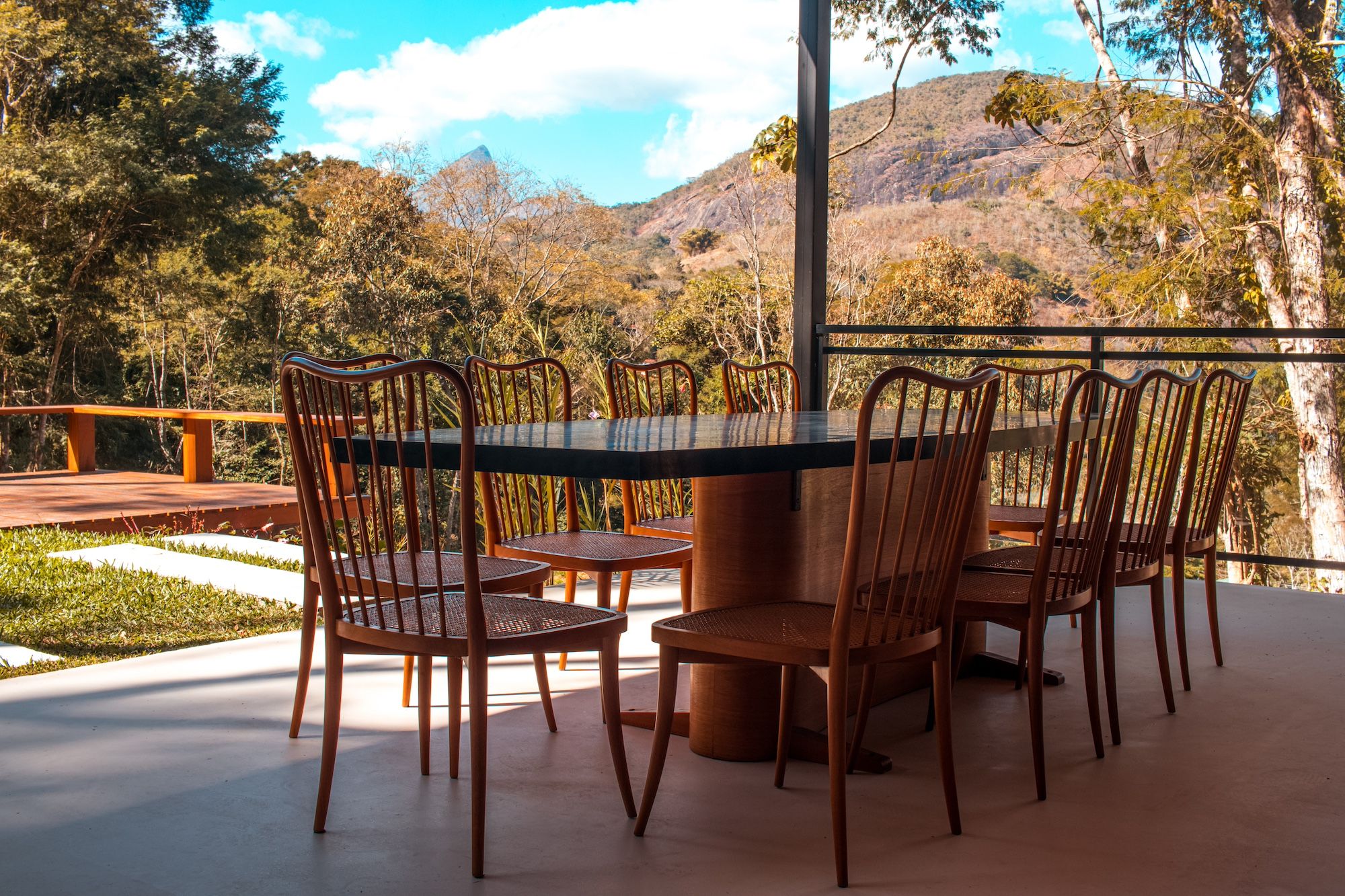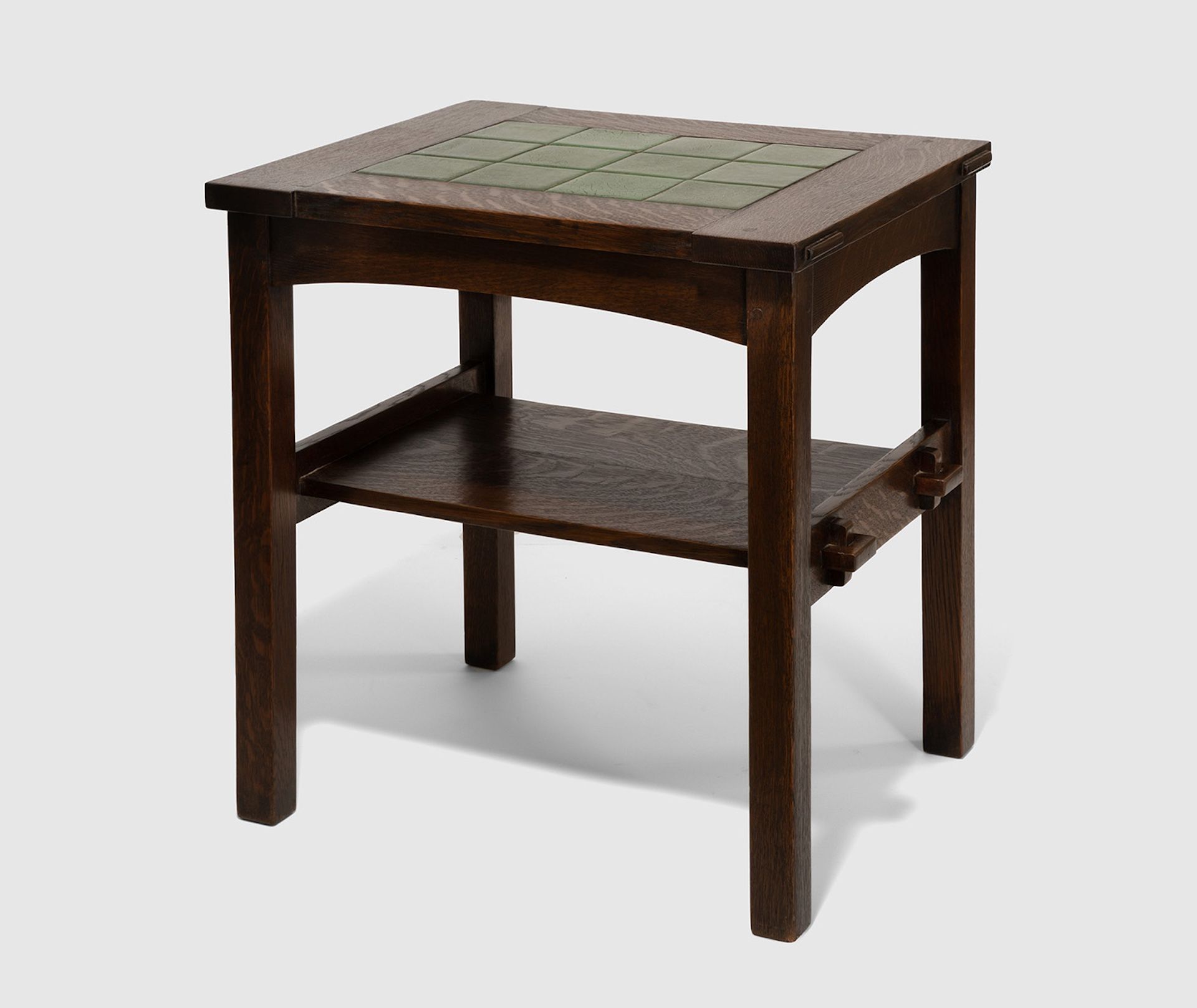DESIGN COLLECTING JANUARY 16 2024
by Daniella Ohad
Daniella Ohad recaps her weekly conversations with experts in design collecting

SAVAGE SERIES BLACK EDITION SOFA BY JAY SAE JUNG OH, 2016, PART OF THE CARNEGIE MUSEUM OF ART PERMANENT COLLECTION
Photo © Jay Sae Jung Oh; courtesy of Carnegie Museum of Art
Comprising one-on-one interviews with international experts, Collecting Design: History, Collections, Highlights was a Fall 2023 webinar program hosted by Daniella Ohad for Christie’s Education. For the Design Miami/ Forum, Ohad has recapped each conversation. Read on for highlights from her conversation with Rachel Delphia, Alan G. and Jane A. Lehman Curator of Decorative Arts and Design at the Carnegie Museum of Art in Pittsburgh.
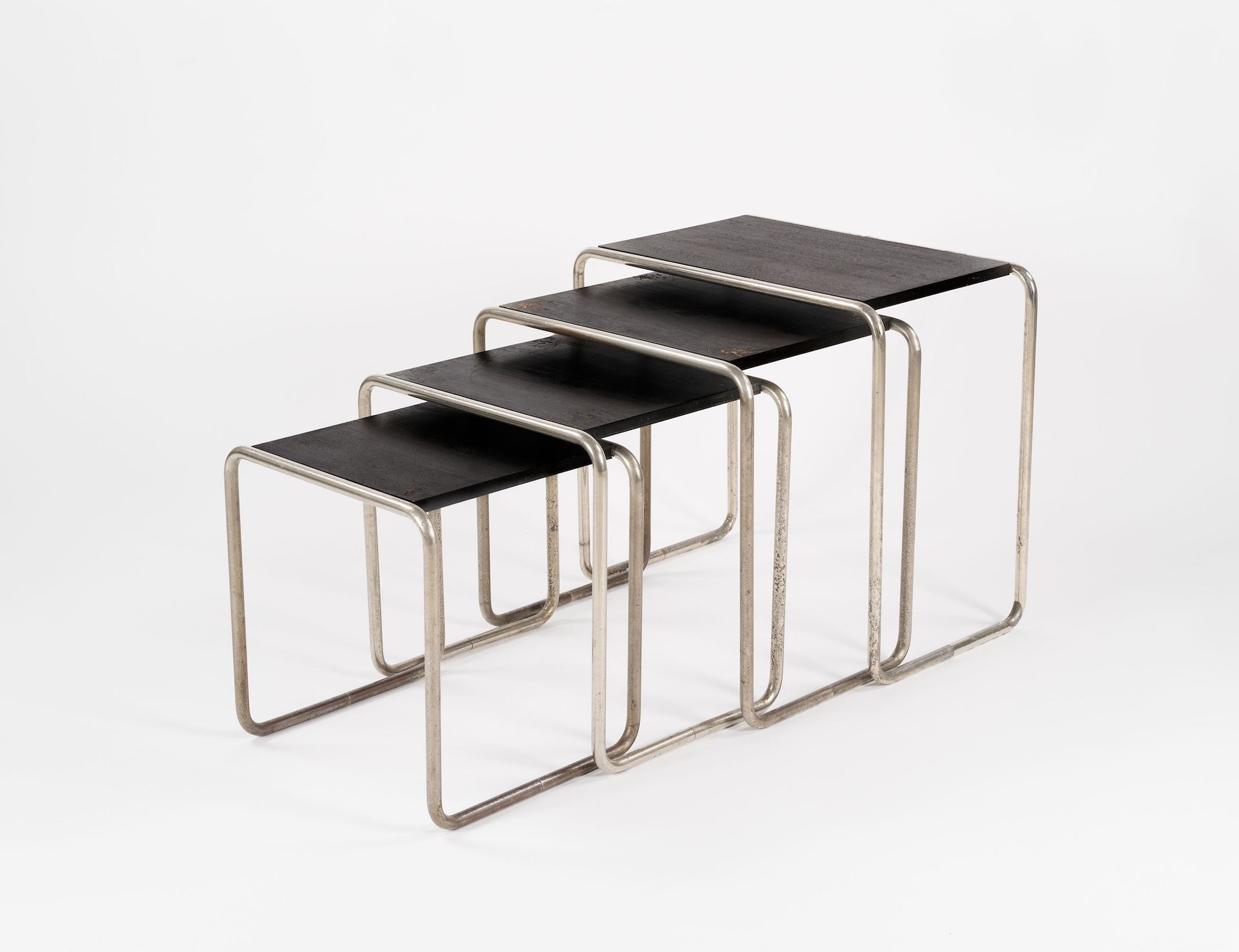
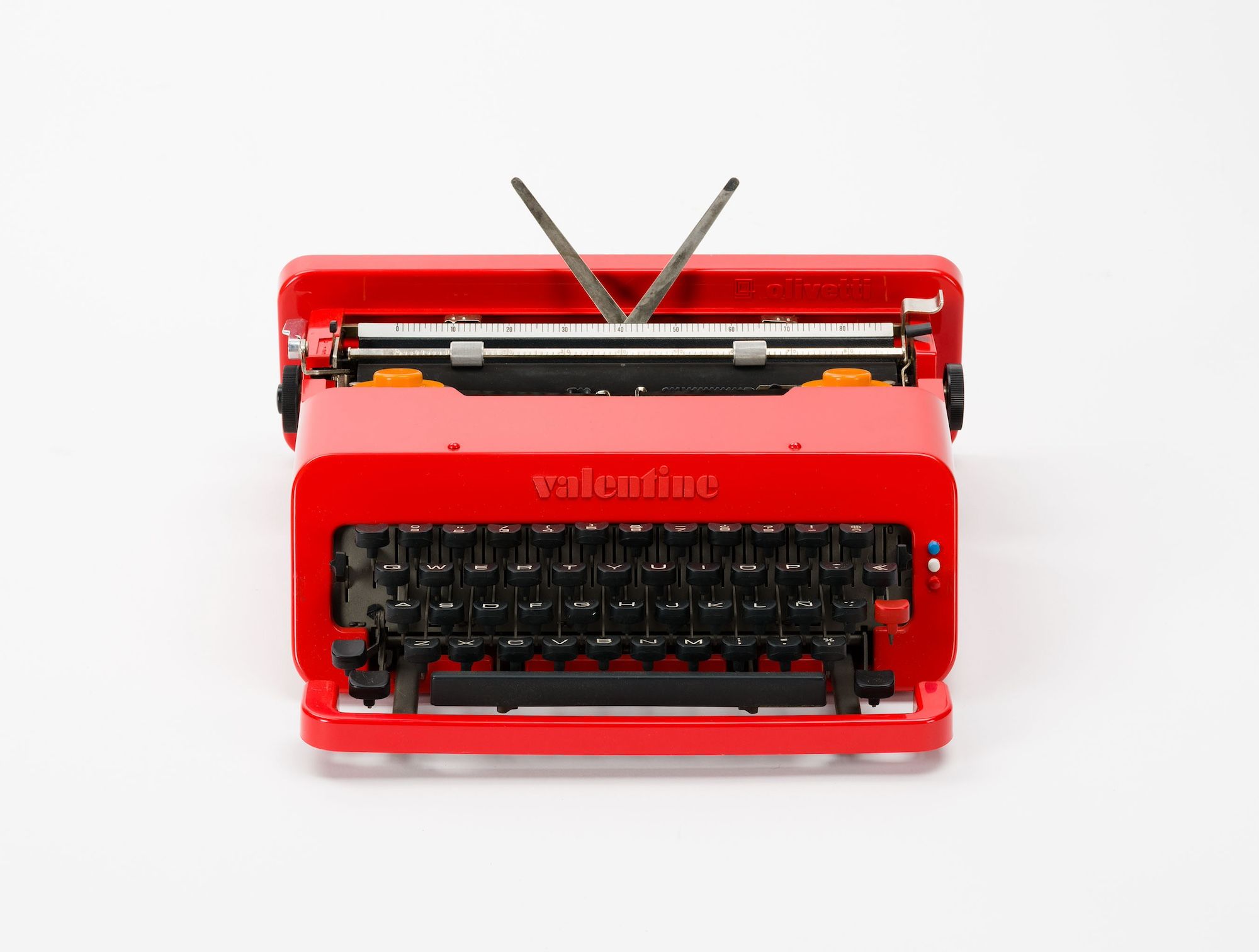
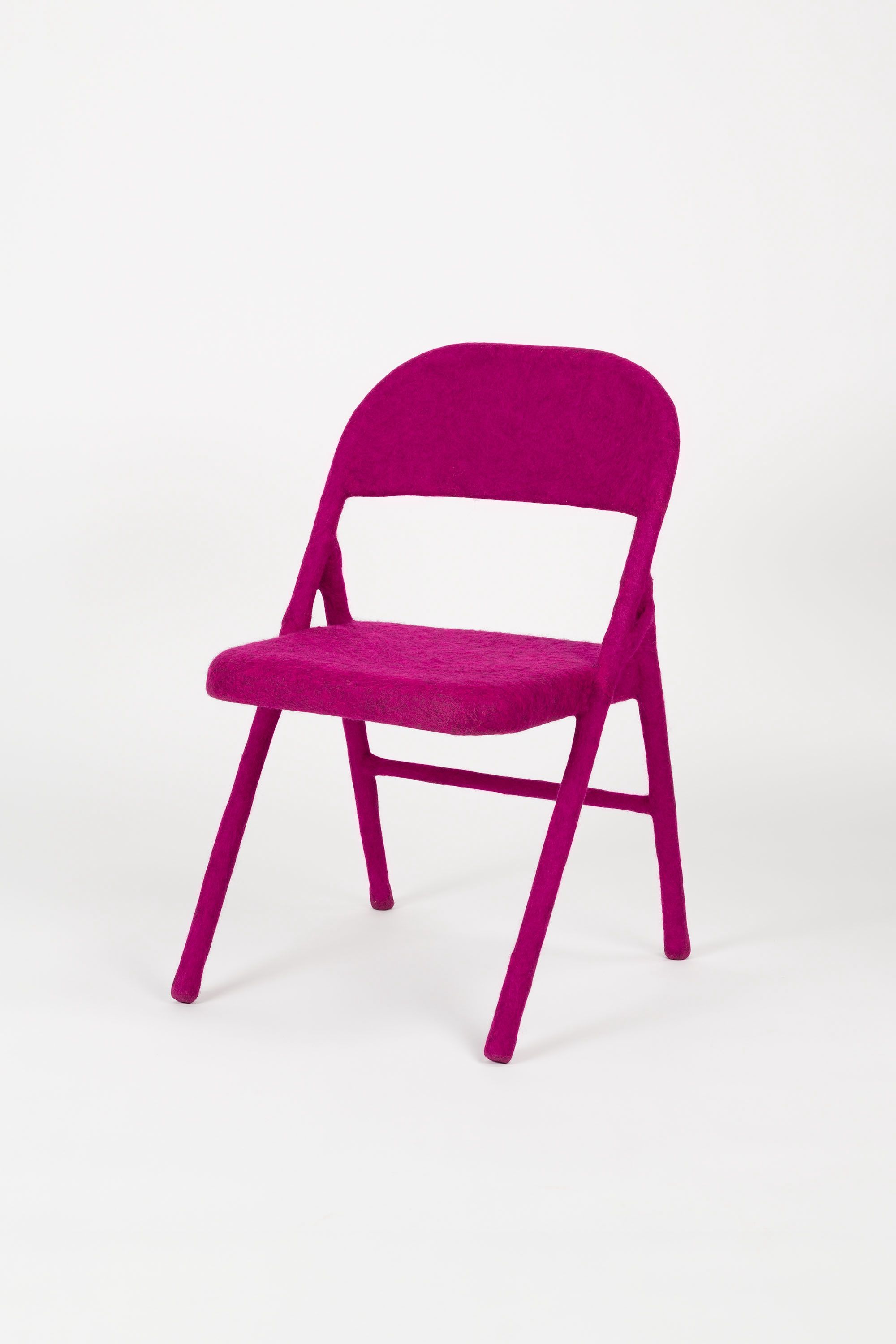
WORKS FROM THE CARNEGIE MUSEUM OF ART COLLECTION: MODEL B9 NESTING TABLES BY MARCEL BREUER FOR GEBRÜDER THONET, 1929; VALENTINE TYPEWRITER BY ETTORE SOTTSASS FOR OLIVETTI, 1969; FELTED FOLDING CHAIR BY TANYA AGUIÑIGA, 2018
Photos © Carnegie Museum of Art and Tanya Aguiñiga
The term “museum quality” is often applied to collectible design objects to signal an elevated value and allure. But what does it really mean? In the most literal sense, it is a claim that an object is worthy of a place in a permanent institutional collection—that the object meets the very high standards of museum curators who carefully select objects according to their historical significance, cultural influence, notable provenance, outstanding craftsmanship, and technical, material, narrative, and aesthetic innovation.
For contemporary design objects, determining standards around “museum quality” can be particularly complex, because there is little to no precedent to rely on. A curator of contemporary design must make judgments that have not yet been substantiated by the historical canon and market performance.
To understand more about how institutions collect contemporary design, I invited Carnegie Museum of Art curator Rachel Delphia to my Collecting Design webinar program, the concluding conversation of the fall series. Delphia’s expert eye and connoisseurship has helped establish her Pittsburgh-based institution as one of the country’s leading authorities in contemporary design collecting.
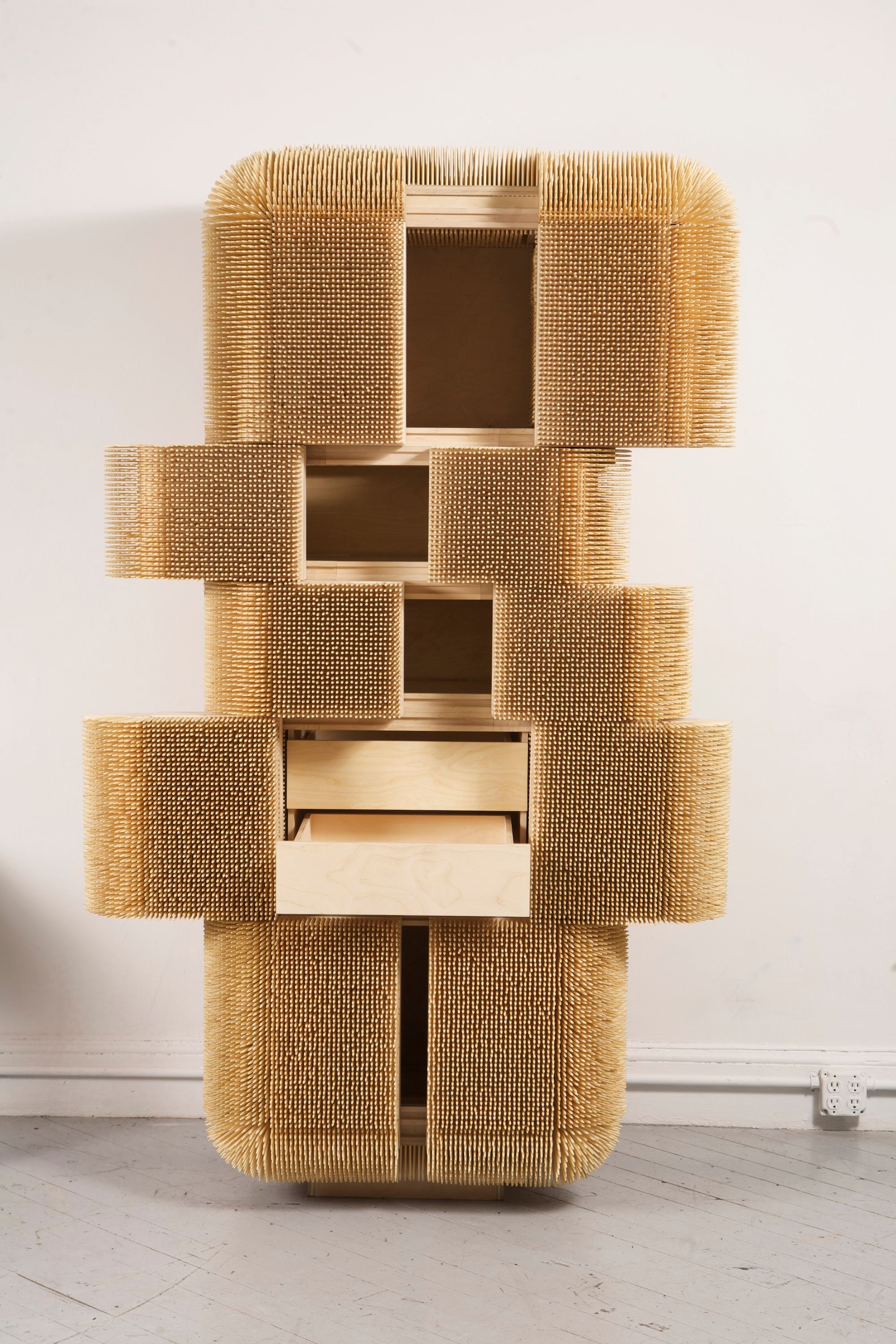
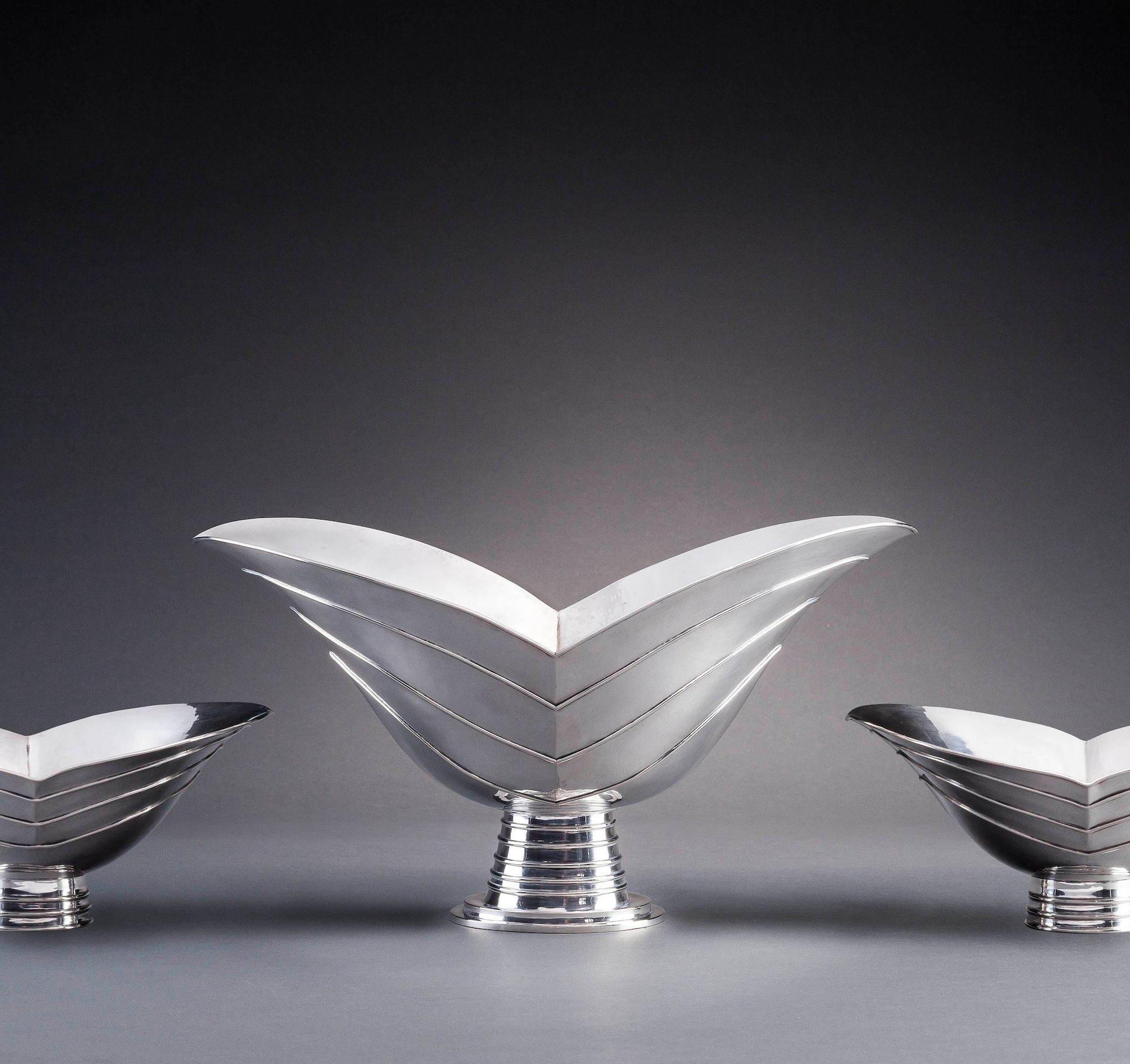
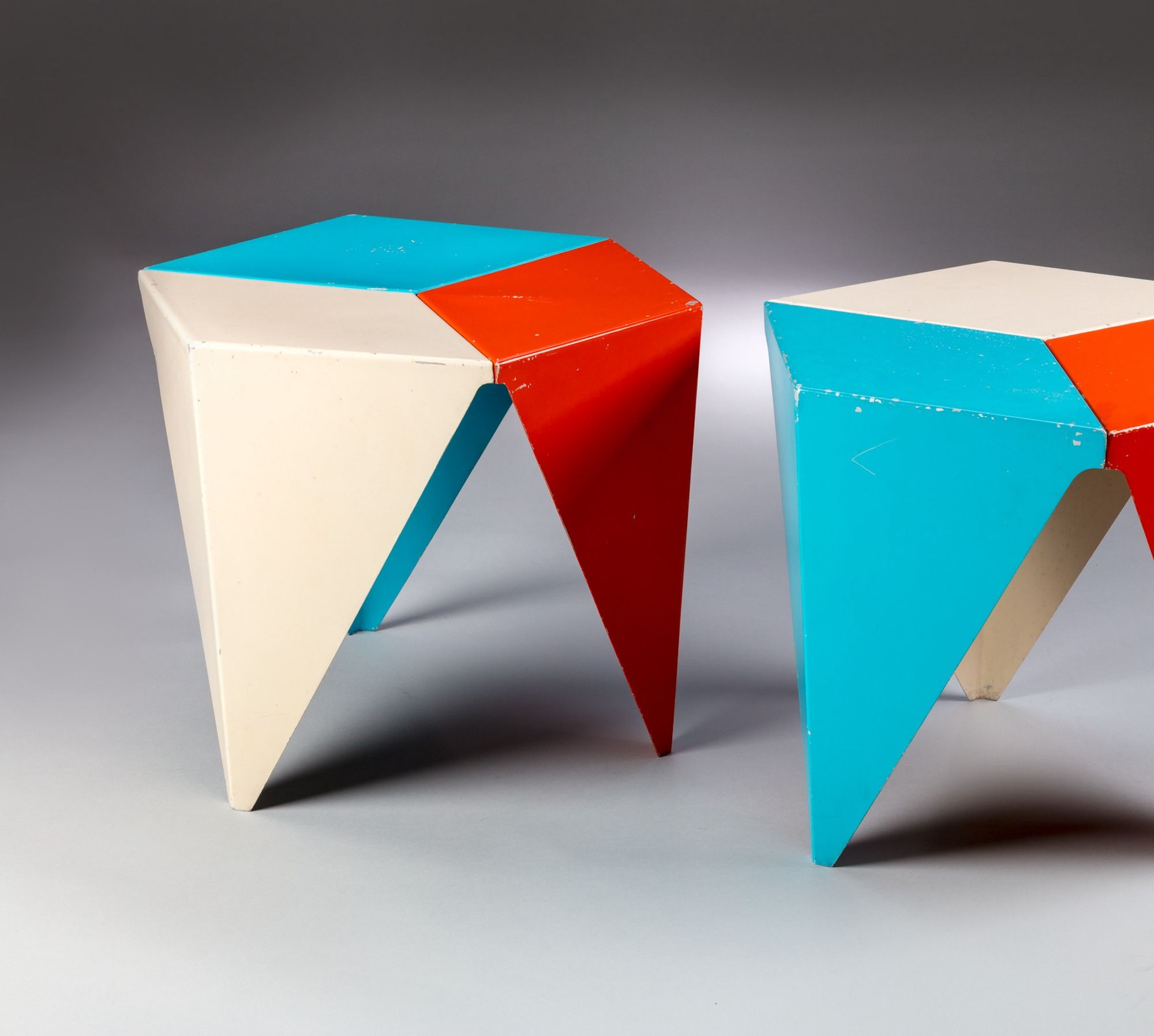
MAGISTRAL CABINET BY SEBASTIAN ERRAZURIZ, 2011; CENTERPIECE AND GARNITURES BY PETER MÜLLER-MUNK, C. 1929; AND FORECAST PROGRAM TABLES BY ISAMU NOGUCHI FOR ALCOA, 1957
Photos © Sebastian Errazuriz, the Metropolitan Museum of Art, and Carnegie Museum of Art
Since arriving at the Carnegie Museum of Art in 2005, Delphia has developed the institution’s permanent collection while also curating a number of inspired exhibitions—such as Sebastian Errazuriz: Look Again and Silver to Steel: The Modern Designs of Peter Muller-Munk—that have invited the public to see and think about design in new ways.
Under her guidance, design has been framed as a medium that celebrates human creativity and embodies the dynamic tensions between beauty, technology, functionality, and service to society. She takes a values-driven approach to building the museum’s collection, focusing on furniture, glass, ceramics, metal, and textiles that reflect social and ecological consciousness as well as the power of aesthetics. Her acquisitions, as an assemblage, offer a living, multifaceted, provocative representation of design in the 21st century.
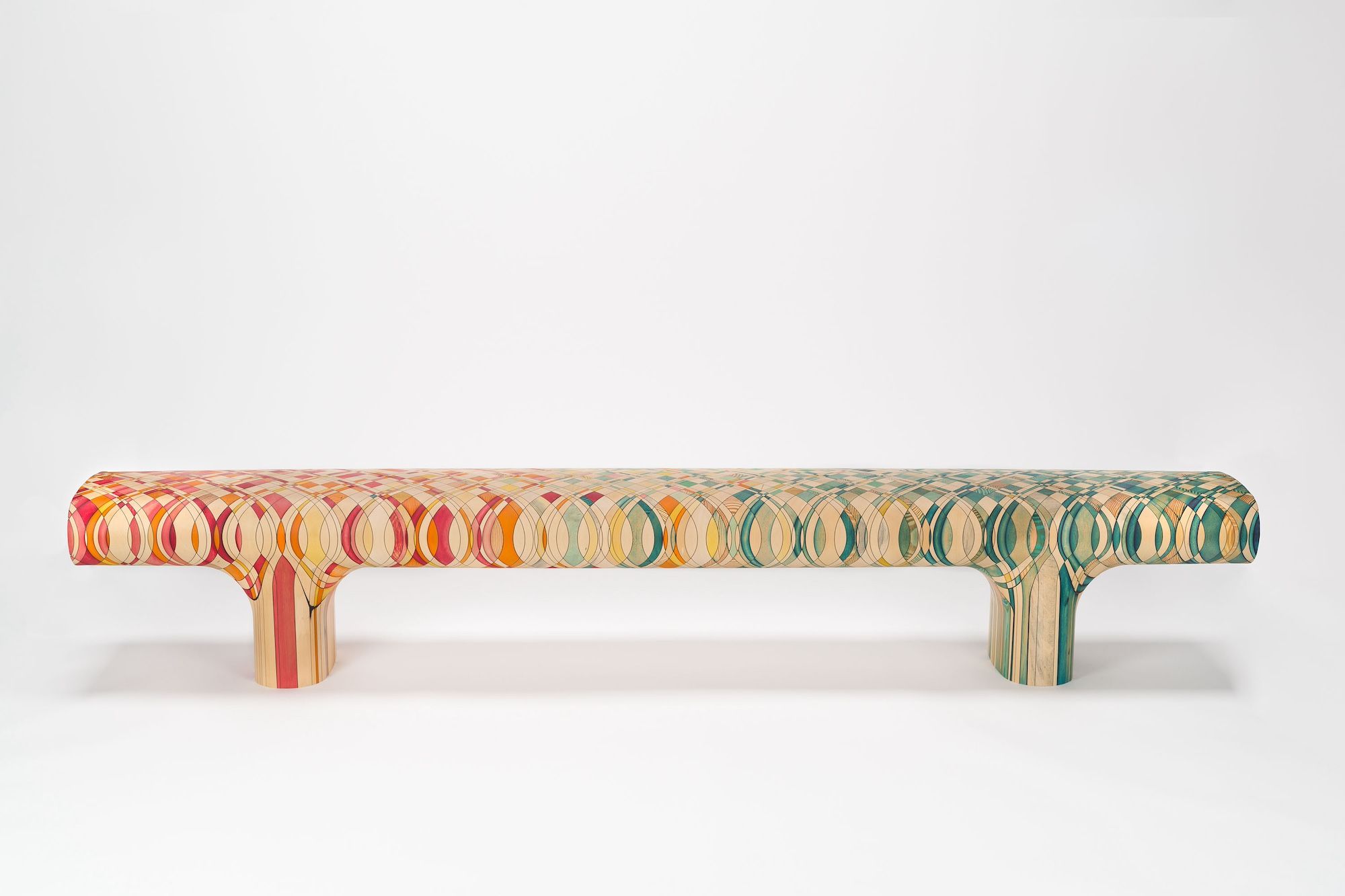
ENDGRAIN BENCH BY RAW-EDGES, 2015, PART OF THE CARNEGIE MUSEUM OF ART PERMANENT COLLECTION
Photo © Raw Edges; courtesy of Carnegie Museum of Art
The Carnegie Museum’s design program first garnered wide acclaim at the turn of the millennium with the groundbreaking exhibition Aluminum by Design: Jewelry to Jets, curated by Sarah Nichols (who retired from her curator position at the museum in 2006). Highlighting the ways aluminum helped shape modern design in the 20th century—from Pittsburgh-based Alcoa’s aluminum foil introduced in 1910 to Marc Newson’s Lockheed Lounge of the 1980s—the blockbuster show is still seen today as a benchmark for making design accessible and popular with broad audiences.
Delphia’s first exhibition at the Carnegie Museum of Art was Nakashima Revealed in 2007, featuring 60 works from the master Japanese-American woodworker drawn from the Carnegie Mellon University’s collection. Her interest in Nakashima’s studio furniture developed during her undergraduate industrial design studies at the university, where she first encountered his work in the admissions office. The pieces had been originally installed in 1966 at the newly-built Warner Hall by modernist interior designer Paul Planert, who famously included Nakashima’s work in many of his postwar interiors.
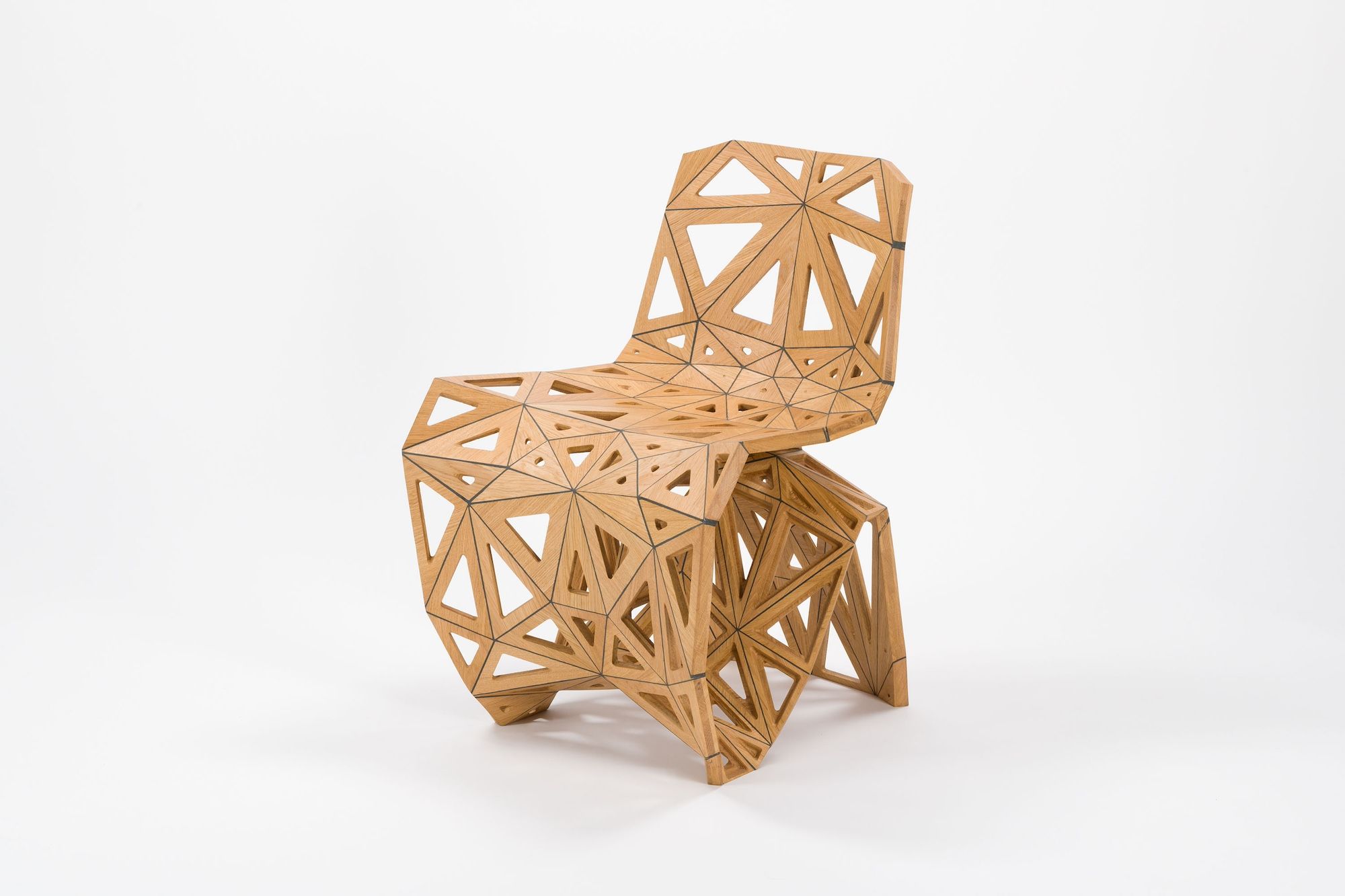
POLYGON MAKERCHAIR BY JORIS LAARMAN, 2014, PART OF THE CARNEGIE MUSEUM OF ART PERMANENT COLLECTION
Photo © Friedman Benda and Joris Laarman; courtesy of Carnegie Museum of Art
It is important for a museum curator, Delphia explained, to recognize greatness. This means defining what will be historically significant; focusing on brilliant creative minds that capture the zeitgeist with fresh ideas and ask the most relevant questions to advance the aesthetics of the day. Like so many institutions today, the Carnegie Museum is committed to correcting and expanding the male-dominated, Eurocentric canon by prioritizing the work of women and BIPOC designers in its acquisitions.
To hone her ability to identify the “antiques of the future,” Delphia is constantly engaged with the contemporary design world, especially by frequenting galleries, fairs, and studios to see the latest works in person. In contrast to historical design production, the “museum quality” designs of the 21st century tend to be handmade and imbued with personal and political narratives. Museums that collected design in the modernist era, such as MoMA, the MET, and the V&A, concentrated on mass-manufactured works sourced from industrial-scale brands. Today, the cutting-edge role once played by manufacturers is being supplanted by smaller scale productions. As a result, Delphia’s acquisitions tend to be sourced from galleries.
Every museum, Delphia noted, shapes its permanent collections according to its unique mission statement. For the Carnegie Museum, she goes in depth with the designers she brings into the collection, acquiring multiple works from designers over time to document the evolution and signatures of their oeuvres. She also underscored that the museum has a vital role to play in supporting contemporary creatives.
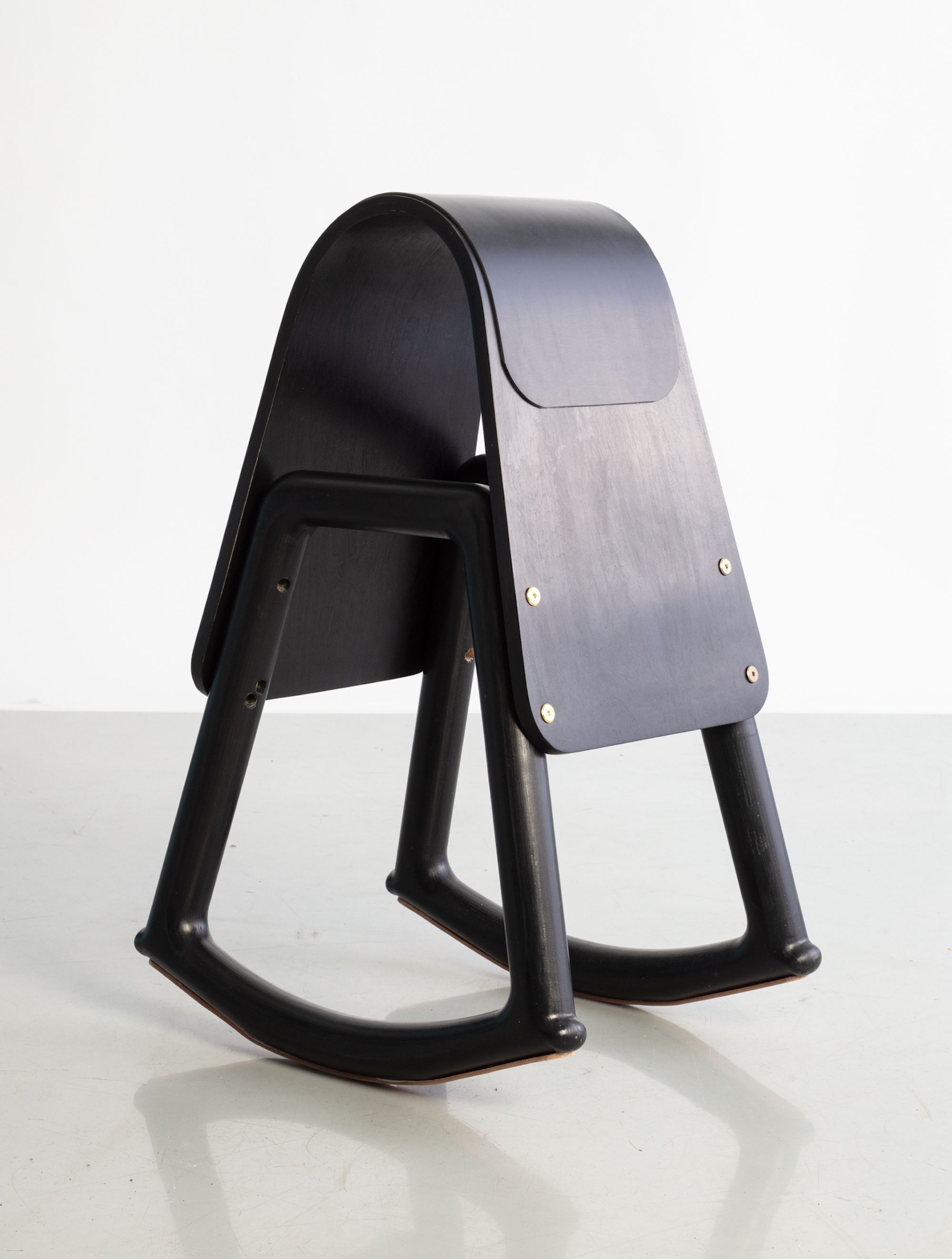
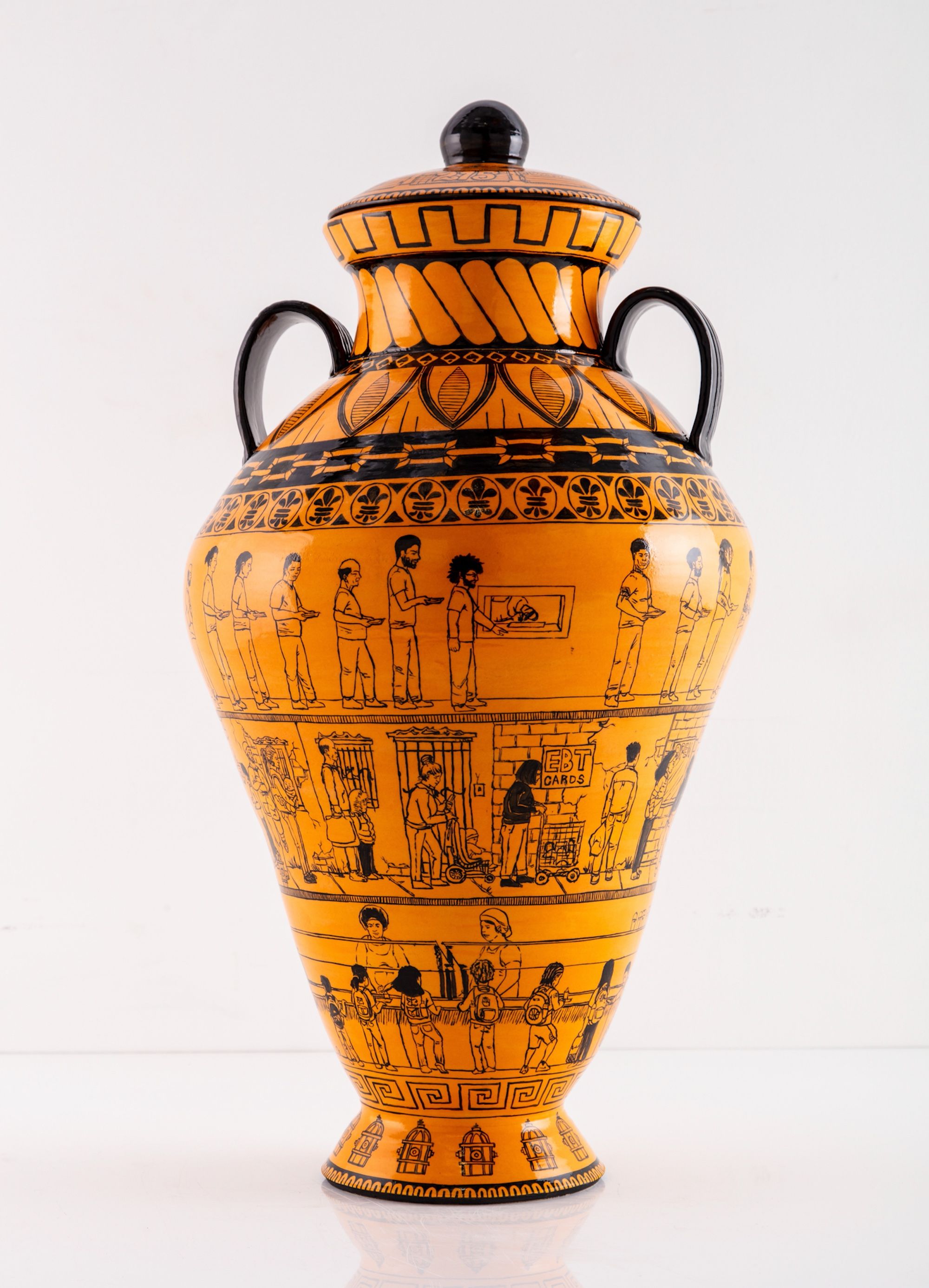
WORKS FROM THE CARNEGIE MUSEUM OF ART COLLECTION: SINMI STOOL BY NORMAN TEAGUE, 2020, AND SCHOOL TO PRISON PIPELINE AMPHORA BY ROBERTO LUGO, 2022
Photos © R & Company; courtesy of Carnegie Museum of Art
Of Chicago-based Norman Teague (b. 1968), Delphia told us that he is not only a talented designer-maker but also an inspiring educator and community builder who supports emerging BIPOC talents while telling the stories of Black communities rooted in Chicago’s South Side neighborhoods. As a cofounder of blkHaUs Studios, he is committed to using design as an agent of change to uplift and transform those who have been systematically marginalized and disenfranchised. Delphia recently acquired Teague’s Sinmi Stool for the Carnegie Museum. Named for the Yoruba word for “relax” and handcrafted in leather and wood, the design explores the visual language of the African diaspora while inviting users to lean rather than sit.
A strident voice for racial justice and inclusion for African American and Latino communities, Philadelphia-based potter and graffiti artist Roberto Lugo (b. 1981) is currently the darling of design curators. His recent solo exhibition Roberto Lugo: The Gilded Ghetto at R & Company in New York showcased a new and more personal direction in Lugo’s practice and inspired Delphia to acquire a piece called School to Prison Pipeline. In form and color, this enormous amphora references classical Greek pottery, but its iconography depicts Lugo’s experience of discrimination and hardship growing up, a child of Puerto Rican immigrants, in Philadelphia’s disinvested Kensington neighborhood.
Since graduating from the Kansas City Art Institute, Lugo has been exploring the history of clay and its associations with white wealth, reworking its traditional forms to tell new, more diverse stories. Delphia said Lugo is “a contemporary maker who stands out in the field” and praised his unique approach to merging anthropological content—juxtaposing the language of European and American decorative arts with contemporary portraiture influenced by Hip Hop culture and social justice movements.

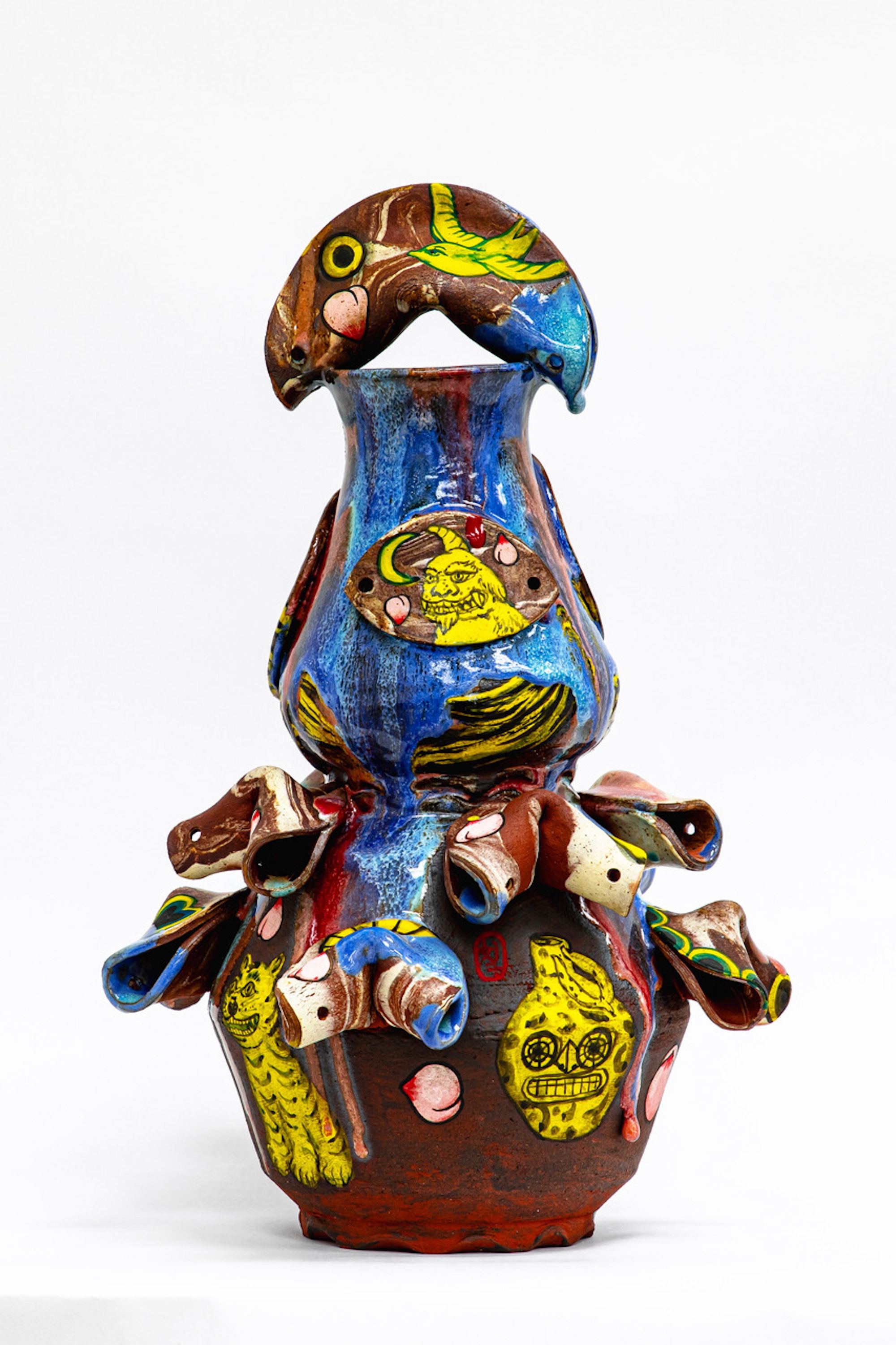
FIGURATIVE VESSEL BY DAVID MACDONALD, 2016, AND NIGHT CAROUSEL BY JIHA MOON, 2023
Photos © David MacDonald; courtesy of Carnegie Museum of Art and © Jiha Moon, courtesy of Mindy Solomon Gallery
Delphia was visibly excited when she spoke about Syracuse-based ceramicist David MacDonald (b. 1945), who for four decades has created intricately patterned plates and vessels using coiled clay techniques. Dedicated to honoring his heritage and community, MacDonald draws on symbols and forms found in sub-Saharan pottery, textiles, and body decoration to develop his distinctive surface motifs. His pieces, Delphia explained, represent a generational voice that has reckoned with the anger and frustration of the Civil Rights Movement in the 1960s and 70s to embrace the beauty and richness of Black experiences and expressions.
Of Jiha Moon (b. 1973), Delphia said that the Korean-born, Atlanta-based ceramicist uses clay as medium to represent the complex experiences of the Asian diaspora in the 21st century. Shaped by a distinct relationship between craft and content, Moon’s colorful and playful oeuvre synthesizes a remarkable array of cross-cultural allusions that span popular and folk iconography from the US, China, and Korea, both contemporary and historical.
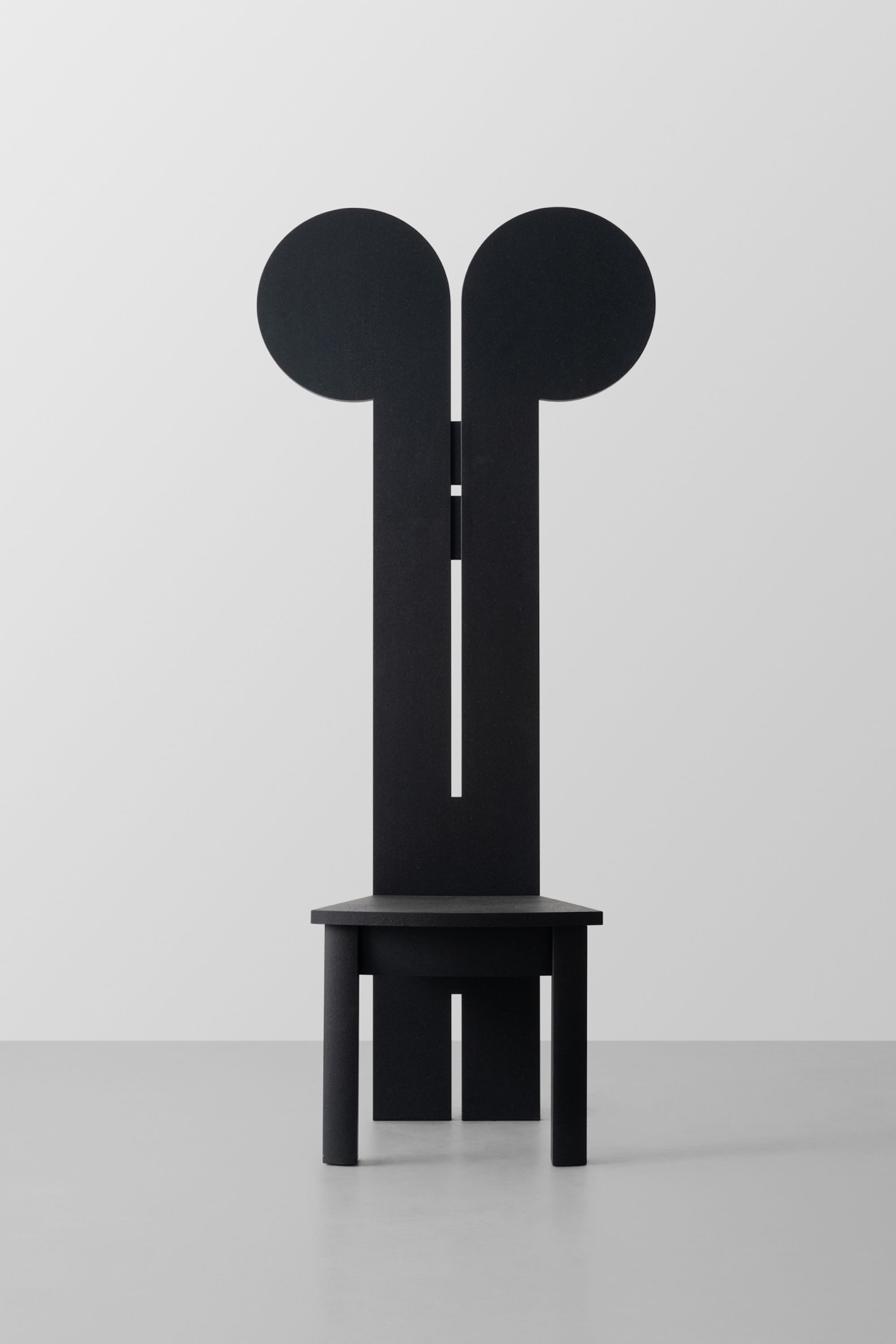
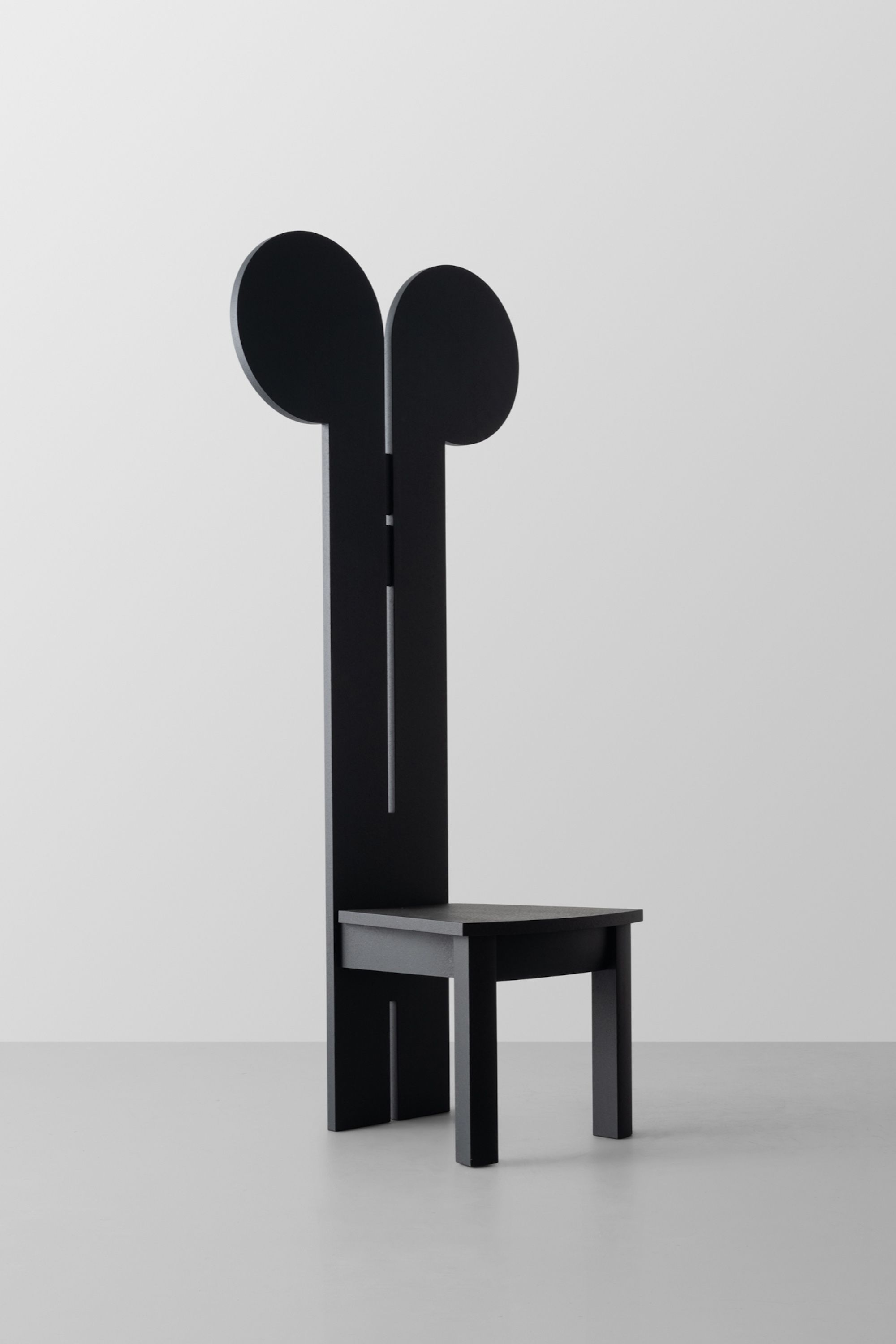
MICKEY MACKINTOSH CHAIR BY WENDY MARUYAMA, 1981/2022
Photos © R & Company; courtesy of Carnegie Museum of Art
One of Delphia’s most recent acquisitions for the Carnegie Museum collection is a chair by California-based designer-maker Wendy Maruyama (b. 1952), whose work since the 1980s has engaged themes of feminism, freedom, and her Japanese-American heritage. Notably, she was one of the first women to receive a Masters of Fine Arts in Furniture Design from the Rochester Institute of Technology. Her Mickey Mackintosh Chair, originally designed in 1988, has become an icon of American postmodernism, capturing her fascination with design history and pop culture by entwining references to Scottish Art Nouveau designer Charles Rennie Mackintosh and California’s Disneyland.
For the Born Too Tall: California Women Designers, Postwar to Postmodern exhibition at R & Company in 2022, Maruyama fabricated a new Mickey Mackintosh Chair, as part of the original limited edition that was never completed. When asked whether a recent production of a vintage design meets the standards for museum acquisition, Delphia said that, while she prefers originals in most cases, this particular circumstance was legitimate. A vintage Mickey Macintosh could not be located, and the recent piece was produced under the designer's direction. In 200 years from now, she suggested, it will not make any difference.
It was a treat to conclude the fall season’s Collecting Design program with such a special conversation on the true meaning of “museum quality” contemporary collectible design, gaining insights from such an exceptional curator who has built one of the most dynamic institutional collections in the country.
The Fall 2023 Collecting Design: History, Collections, Highlights webinar program has concluded.
Registration for Ohad’s Spring 2024 program, Interior Design: Then and Now, is now open! The first webinar of the series takes place on February 21st.
